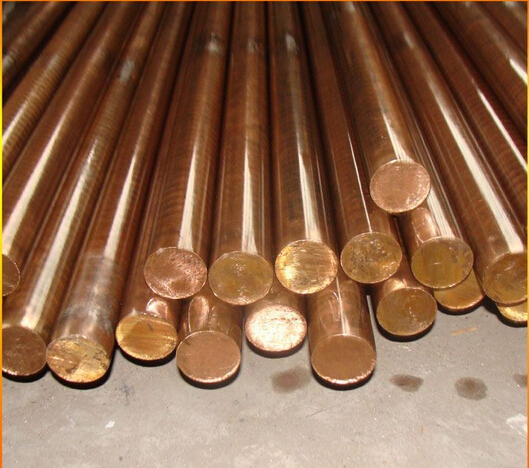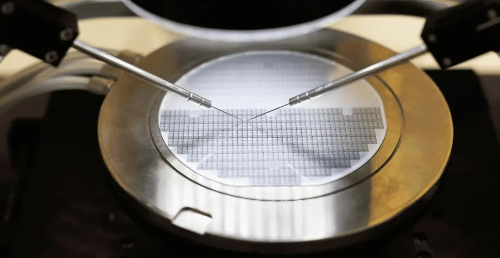Beryllium: A Rising Star on the High-tech Stage
Beryllium is a rare steel-gray metal that ranks fourth in the periodic table and is the lightest alkaline earth metal element. In 1798, the French chemist Vauquelin found through analysis that the two types of stone, beryl, and emerald, whose appearance is so different have almost the same chemical composition. In addition to the known elements aluminum, silicon, and oxygen, there is a new unknown element. Vauquelin named the element Glucinium, which comes from the Greek word Glykys that means sweet.
Beryllium bronze
One important application of beryllium metal is alloy manufacturing. We know that bronze is much softer than steel, less elastic and less resistant to corrosion. However, when a little beryllium was added to bronze, its performance changed dramatically. Generally, people call bronze containing 1%-3.5% beryllium bronze. The mechanical properties of beryllium bronze are even better than steel, and the hardness and elasticity are improved, the corrosion resistance is also strengthened, and the good electrical conductivity is maintained.
As beryllium bronze has many excellent properties, it is widely used in many fields. Beryllium bronze, for example, is often used to make deep-sea detectors and undersea cables. It can also be used to make precision instrument parts, high-speed bearings, wear-resistant gears, welding electrodes and watch hairpins; commercial airliners often use beryllium bronze to make bearings, which are highly resistant to corrosion, abrasion, and strength, and their service life has been increased by more than 4 times; springs made of beryllium bronze are said to compress several hundred million times.
Nickel-containing beryllium bronze also has a very valuable quality that is no spark is produced when hit, so it is very useful in industries such as oil and explosives. Besides that, nickel-containing beryllium bronze will not be magnetized by magnets, so it is a good material for making anti-magnetic parts.

A "Trump Card" in aerospace materials
We know that lowering the weight of a spacecraft can save on launch costs. Beryllium, as an important light metal, is much less dense than aluminum and stronger than steel, so it is an extremely important aerospace material. Beryllium aluminum series alloy which has both advantages of beryllium and aluminum is widely used as the structural material of space vehicles such as the artificial satellite as well as the spacecraft's base frame, beam column, and fixed girder.
The beryllium alloy is also a good material for aircraft, and it can be found in key components such as the rudder and wing box. It is reported that more than 1,000 parts in a modern large aircraft are made of beryllium alloy.
The thermal properties of beryllium are very good, and it has excellent properties such as high melting point, high specific heat, high thermal conductivity, and appropriate thermal expansion rate. For example, the use of beryllium to make braking devices for supersonic aircraft has excellent heat absorption and heat dissipation properties. Beryllium is used to make the heat shield for satellites and spacecraft, which ensures they don't heat up too much as they travel through the atmosphere, thus keeping the spacecraft safe. Moreover, beryllium metal is also the key material for the manufacturing of the inertial navigation system, which is of great significance for improving the navigation accuracy of missiles, aircraft, submarines, etc.









